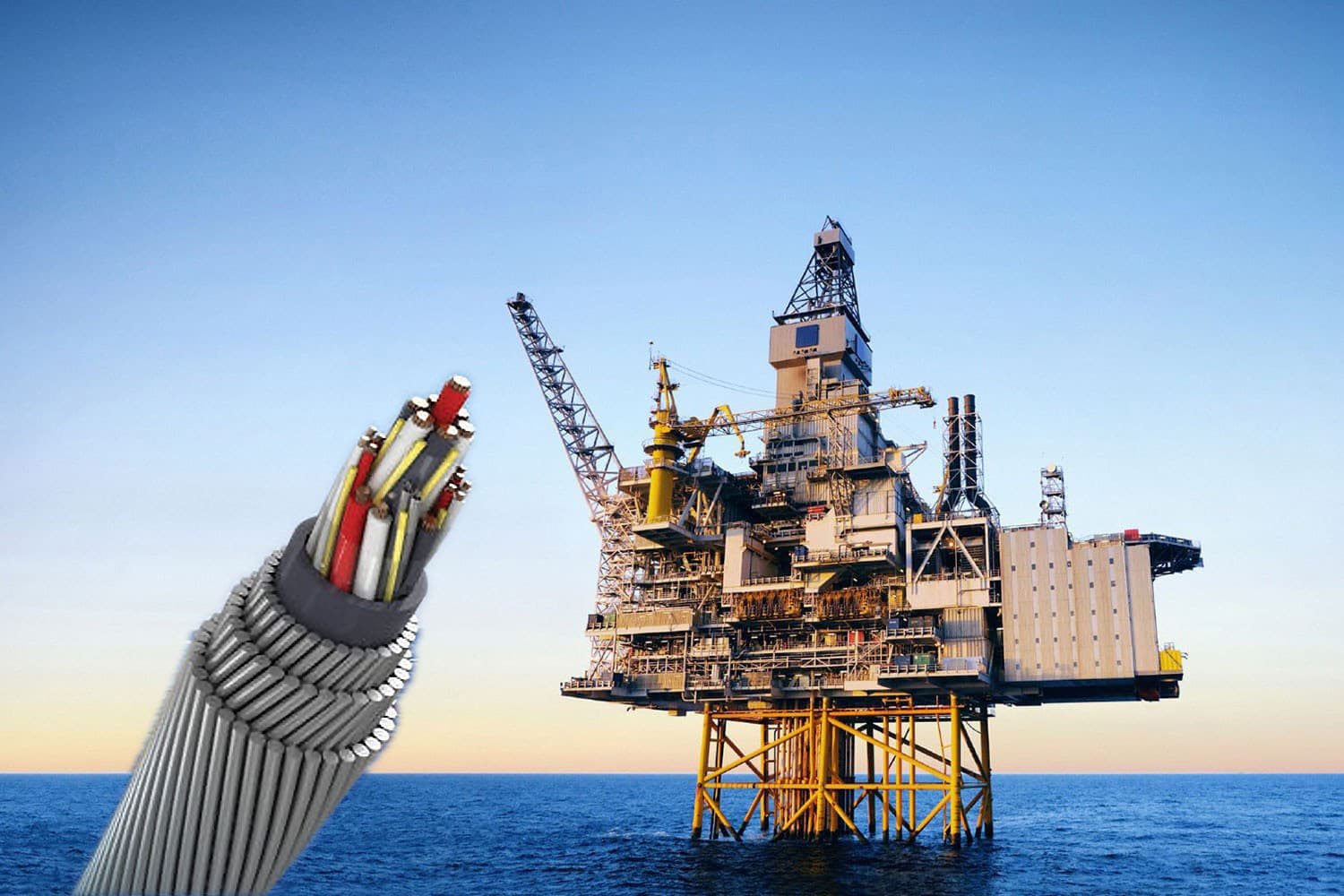
Seismic cables are vital tools used in geophysical exploration to detect and understand the Earth's structure. These cables consist of a bundle of sensors that capture data on vibrations caused by earthquakes or man-made sources. This information is then used to create detailed images of the subsurface, helping geoscientists and engineers make informed decisions about resource exploration and extraction, environmental monitoring, and hazard mitigation.
At the heart of every seismic cable lies advanced sensing technology that allows for highly accurate and precise data capture. These sensors are typically housed in a protective casing, ensuring they remain functional and secure during installation and operation. With the ability to detect even the slightest vibrations, seismic cables provide an unparalleled level of insight into the Earth's structure and behavior.
Seismic cables have a wide range of applications, from oil and gas exploration to earthquake monitoring and geohazard assessment. They are also used in civil engineering projects to evaluate the stability of structures such as dams, bridges, and tunnels. With advances in technology and data analytics, seismic cables are becoming increasingly important tools in answering some of the most pressing questions about our planet's geology and environment.
Whether you are a geoscientist, engineer, or researcher, seismic cables are an indispensable tool in your toolkit. With their ability to capture detailed data on seismic activity, these cables provide a window into the Earth's structure and behavior that is unmatched by any other technology. So if you want to explore the subsurface, understand the environment, or mitigate hazards, seismic cables are the way to go.
Erdbebeneinsätze Die Ausrüstung des Unterwasserkabelschlepps umfasst den elastischen Abschnitt des Kabels, das Arbeitskabel, den Träger, das Abstandsseil, den Hilfsauftrieb usw., und jede Ausrüstung ist miteinander verbunden und zieht an der Rückseite des Kabels Schiff, am Heck des Schiffes gezogen.
Der Schleppmodus bei seismischen Offshore-Erkundungseinsätzen bestimmt das Kräfteverhältnis zwischen Einführungskabeln, Deflektoren und den Seilen (Stichleitungen), die sie verbinden.
Neutral schwimmfähige Tether-Kabel erhalten Auftrieb durch Mantelmaterialien aus thermischem Gummi (TPR), die extrem flexibel sind und eine gute mechanische Beständigkeit aufweisen. Expandiertes Schaumpolyurethan (ExPU) ergibt Füllungs- und Mantelverbindungen mit extrem niedrigem spezifischem Gewicht. Dünnwandige isolierte Leiter tragen außerdem zur Reduzierung von Gewicht und Durchmesser bei. Es können auch kupferbeschichtete Legierungsleiter verwendet werden. Wir können kurze Prototypen anbieten, um Unternehmen einen Probelauf zu ermöglichen.
Stellen Sie gleich eine Anfrage!
Elektrische und optische Kabellösungen für alle Branchen
Facebook LinkedIn
